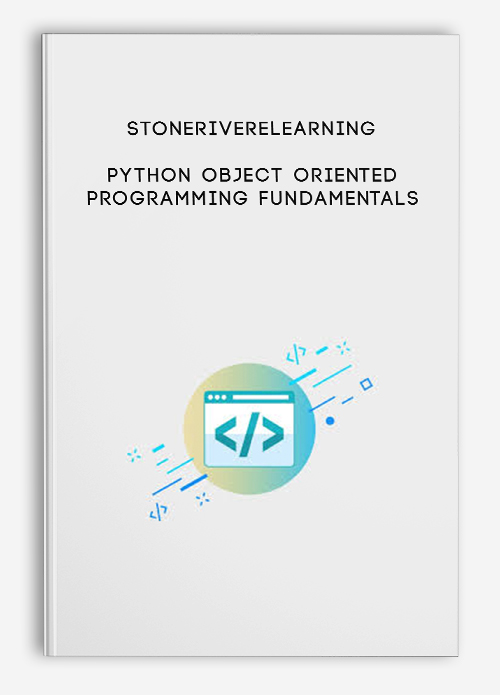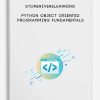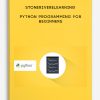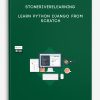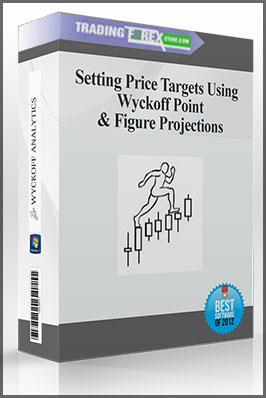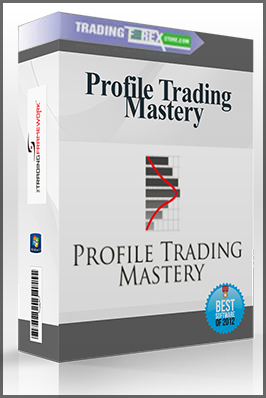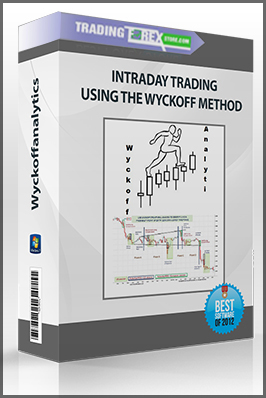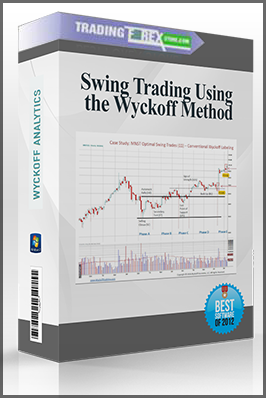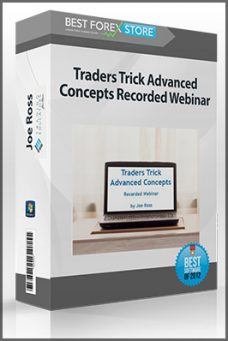Stoneriverelearning – Python Object Oriented Programming Fundamentals
Original price was: $49.00.$22.00Current price is: $22.00.
Product Include:
File size:
- Description
Description
Stoneriverelearning – Python Object Oriented Programming Fundamentals
**More information:
Get Stoneriverelearning – Python Object Oriented Programming Fundamentals at bestoftrader.com
Description
Python is a big deal. More and more beginner programmers are choosing it as their first language to learn, which means its future is more than just bright – it’s dazzling. It makes coding faster, easier and fun. When combined with the object oriented programming approach these qualities are further enhanced, which means Python is virtually unstoppable. If you want to future-proof your programming skills, this is exactly what you need to learn.
Build and Enhance Python Applications
- Maintain and organise Python code more efficiently
- Build as you go for practical, real-world experience
- Learn a new, easy approach to programming
- Separate code into objects to maximise power and minimise stress
Get to Grips with Object Oriented Programming
This online course is designed with beginners in mind. Although it helps to already know the basics of Python, it’s not a requirement. You’ll be guided through the entire installation process before hitting the more challenging material. If your goal is to learn how to enhance, maintain and build highly-driven applications, then this is the course for you regardless of your skill level.
Once installation is complete you’ll dive straight into the various features and functions of Python including the class construct, attributes, methods, class variables and more. Then you’ll get to grips with the more advanced concepts. Object oriented programming in relation to Python, the constructor/destructor magic methods, and class inheritance are all given dedicated sections with live exercise demos and explanations at every stage.
As you progress through the course you’ll complete a final project based on real-world examples, to prepare you for undertaking your own OOP Python projects. By the end of this course, you’ll have a thorough understanding of Python, the object oriented programming approach, and how to combine the two.
About Python
Python is a high-level, general-purpose, dynamic programming language that is becoming ever more widespread in the programming world. It is readable, succinct, scalable, and can support multiple programming paradigms. It is now the most common ‘starter’ language taught on university programming courses and is seen by many as the future of coding.
That’s our promise to you. We hate games, gimmicks and tricks as much as you do. We guarantee no hassles if you want a refund, so ahead and order with confidence. You have absolutely nothing to lose.
Get started now!
This is a really nice, clear cut way to teach object oriented programming. Python is a great language.
Giacomo Perez
Very good explanations. OOP is finally starting to make sense.
Course Curriculum
-
Preview
Course Introduction (1:46)
-
Preview
Installing Python IDE (3:59)
-
Start
Section Introduction (2:21)
-
Start
Class Construct (4:05)
-
Start
The Special __init__ Method (3:48)
-
Start
Attributes (4:23)
-
Start
Methods (4:42)
-
Start
Class Variables (5:21)
-
Start
Obtaining Class Attribute Values (7:00)
-
Start
The Main Method (5:32)
-
Start
Section Summary (3:26)
-
Start
Exercise Live Demo (2:46)
-
Start
Project Explanation (3:59)
-
Start
Section Introduction (2:46)
-
Start
How to Create an Object (5:40)
-
Start
Obtaining Object Attributes (7:46)
-
Start
Changing Object Attribute Values (8:31)
-
Start
Accessing Objects Methods Part 1 (8:17)
-
Start
Accessing Objects Methods Part 2 (7:34)
-
Start
Section Summary (2:38)
-
Start
Exercise Live Demo (2:40)
-
Start
Exercise Explanation (6:28)

